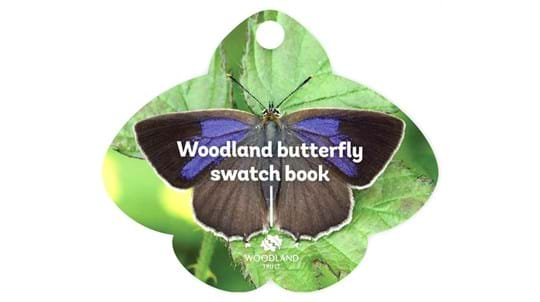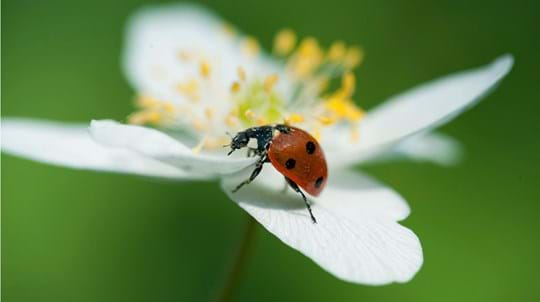
Credit: Ian Redding / Alamy Stock Photo
What do holly blue butterflies eat?
Caterpillars: feed on the flower buds of holly and ivy. The larvae bore into the side of the bud and eat the contents.
Adults: feed on nectar, tree sap and juice from rotting fruit and carrion.










